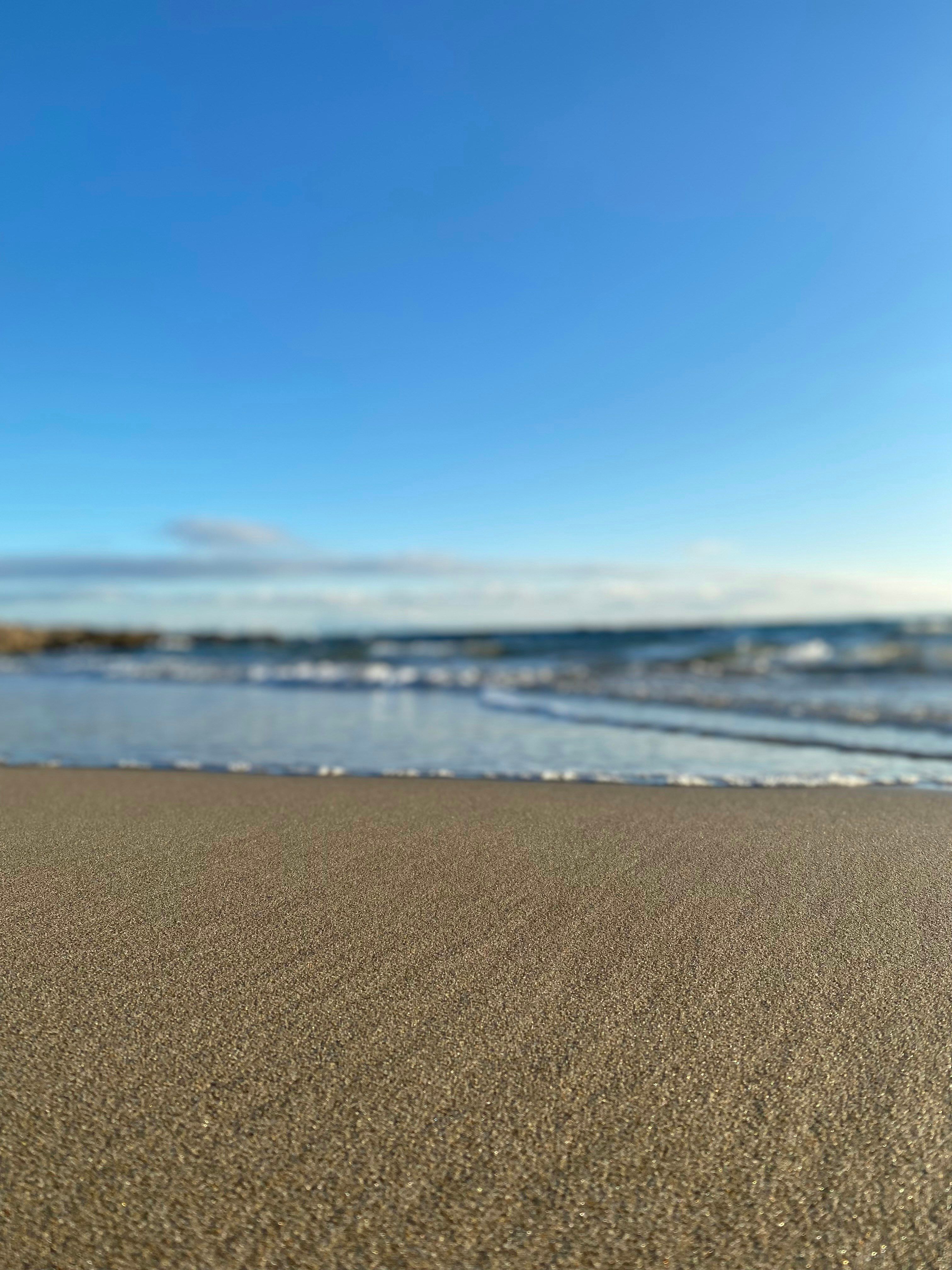Water treatment solution essential components provided by GEA for Lignatherm's wood fibre insulation factory operation
GEA Supports Sustainable Wood Fiber Insulation Plant with Water Treatment Solution
In a significant step towards sustainable production, GEA, a global leader in process technology and industrial solutions, has supplied key components for a water treatment solution in Lignatherm AG's new wood fiber insulation board plant in Küssnacht, Switzerland. The plant, set to be completed in fall 2025, aims to minimize environmental impact by processing 50,000 tons of wood chips annually into high-performance insulation boards.
The heart of the plant is GEA's customized three-stage water treatment process, which reduces wastewater disposal by over 95% and reuses more than 95% of the wastewater as steam, thereby significantly decreasing the demand for fresh water. The process intercedes at three critical points in the production process to ensure maximum resource efficiency and sustainability.
The first stage involves mechanical separation using GEA decanter centrifuges, which remove suspended solids from the wastewater stream. The second stage uses thermal separation through a falling film evaporator, concentrating dissolved solids for disposal while recovering clear condensate for reuse. The third stage capitalizes on the energy-efficient mechanical vapor recompression (MVR) system, which operates the evaporator without fossil fuels, achieving a coefficient of performance (COP) of over 25. This third stage features a GEA steam reformer, ensuring complete closure of the water recycling system by converting wastewater into process steam.
GEA and Lignatherm have collaborated closely on this project, with GEA's expert advice and cooperative approach contributing to a solution tailored to Lignatherm's demanding standards. Tobias Osterwalder, Head of Processing and Managing Director at Lignatherm, praised the partnership, stating, "Together, we demonstrate that sustainable production and responsible environmental management can drive industrial innovations."
The distinctive water treatment solution is an exemplary showcase of GEA's expertise in thermal and chemical processing technologies, specifically adapted to the wood fiber production process. This pioneering project paves the way for exceptional water protection and resource efficiency in the industry, marking a significant stride towards more sustainable manufacturing processes.
GEA is one of the world's leading providers of systems for the food, beverage, pharmaceutical, and various other industries. With over 18,000 employees, the company generated revenue of around €5.4 billion in the 2024 financial year, operating in over 150 countries. GEA is committed to reducing CO2 emissions, plastic usage, and food waste to contribute to a sustainable future.
For more information, visit gea.com.
- The water treatment solution designed by GEA, a global leader in various industries, embodies their expertise in environmental-science, as demonstrated in the sustainable wood fiber insulation plant of Lignatherm AG.
- In a bid to combat climate-change and promote resource efficiency, GEA's three-stage water treatment process, implemented in the wood fiber insulation plant, reduces wastewater disposal by over 95% and reuses more than 95% of the wastewater as steam, significantly decreasing the demand for fresh water.
- The innovative approach of GEA, paid dividends in their collaboration with Lignatherm AG, as they showcased their ability to blend industrial-scale finance, technology, and science to create a distinctive solution, propelling the wood fiber production industry towards more sustainable manufacturing processes.






